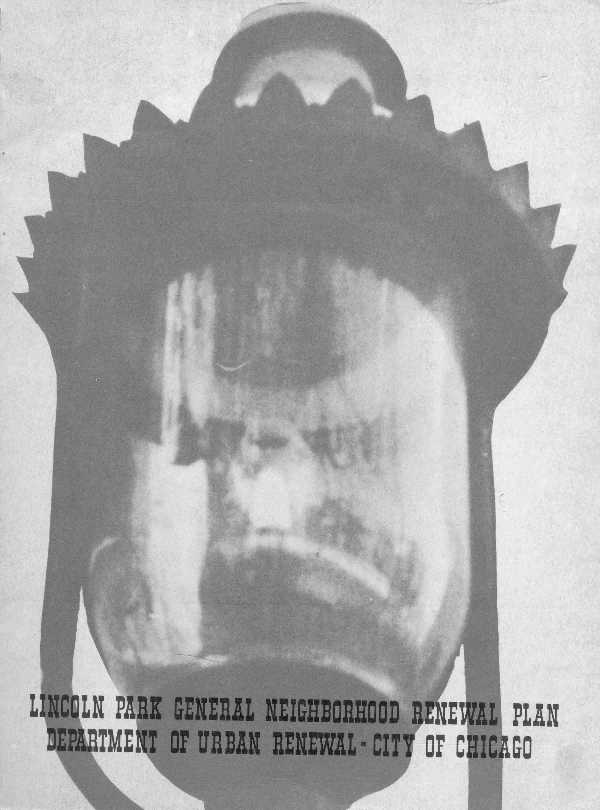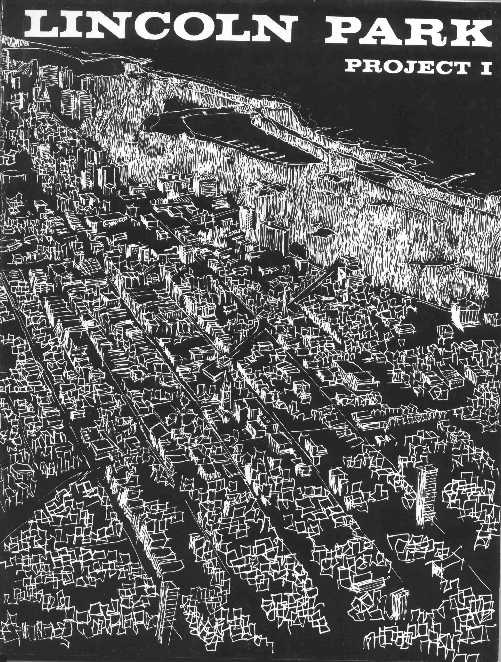



|
Testifying before the
City Council prior to the federal approval of the plan, Roy Russinoff commented,
|
| from the Urban Renewal
Progress Report #1
OTTA September 1967 "Commercial Facilities Commercial facilities also will be incorporated into residential structures. This is something of a departure in urban renewal planning, as planners ordinarily look with askance at this kind of mixed use, although it is consistent with many existing buildings in Lincoln Park, along Wells Street for instance. The north side of North Avenue, between Sedgwick and Wells, has been reserved for multistory low rise construction with commercial faculties on the first floor and apartments overhead. Similar construction is contemplated on both sides of Lincoln on what is now Ogden except that Ogden will be vacated and the space paved as an extension of Ogden Square. . . Demolition About 560 parcels of property containing approximately 630 buildings are slated for ultimate demolition in Project I, either because they are hopelessly substandard, or because the land is needed for some other community use such as a park or shopping center. As of September 1, 1967, DUR has made offers to buy all but a few of the buildings; approximately 330 properties had been acquired, and some 200 buildings had been demolished. . . Rehabilitation Out of approximately 2080 structure in the Project 1 area, only 617 are to be demolished, either because they are hopelessly substandard or because the land is needed for a community facility. The remainder will be rehabilitated where necessary. . . Relocation It has been estimated that because of demolition in the Project I area 900 families, 650 single persons, and 270 commercial firms will be displaced. An additional unknown number will be displaced through the process of building rehabilitation. Many displaced persons make their own arrangements. Those who are financially eligible for public housing have a priority in the rental of these facilities if they wish to apply. If not, the DUR relocation staff will find other suitable accommodations. Moving expenses up to $200 for a family and up to $25, 000 for a business firm may be paid. As of Sept 1, approximately 460 families, 333 individuals, and 145 commercial establishments had been relocated. . ." |
  |